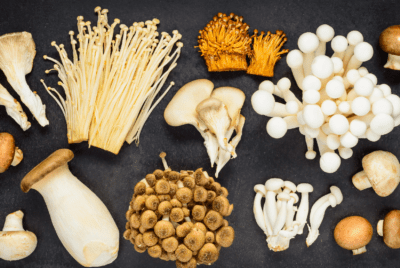RESEARCH
Flowers or Leaves? Assessing the Impact of Crape Myrtle Observation on the Physical and Mental Well-being of Senior Citizens
Summary
This study investigated the impact of observing crape myrtle on the physical and mental well-being of senior citizens. Ninety participants aged 60-99 were recruited and divided into three groups: a group watching videos of crape myrtle flowers, a group watching videos of crape myrtle leaves, and a control group watching no video. Physiological parameters (blood pressure, heart rate, blood oxygen saturation, fingertip pulse) and psychological aspects (positive and negative affect schedule scores, smile face scale) were measured before and after the 15-minute observation period.
The results showed that engaging in crape myrtle observation activities, particularly observing the flowers, significantly enhanced the physical and mental well-being of elderly participants compared to the control group. Specifically, physiological indices like blood pressure and heart rate decreased after crape myrtle observation. The study suggests that visual stimulation from the natural environment, especially crape myrtle flowers, can positively influence the health of elderly individuals, offering insights for landscape design aimed at enhancing well-being.







